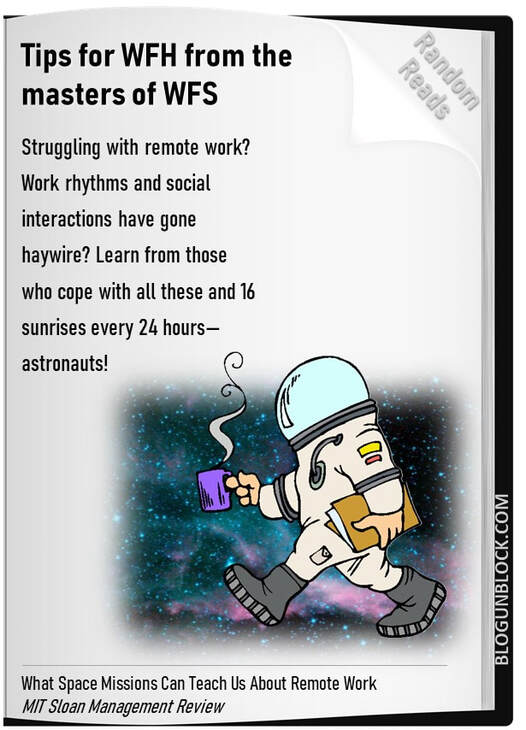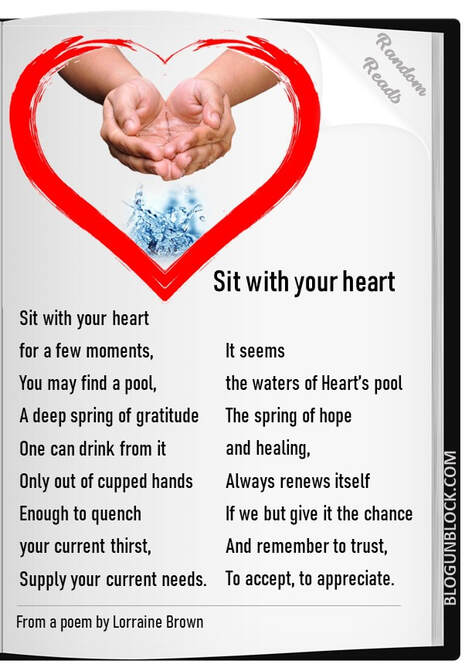|
Why does humor in the workplace sometimes have magical effects and at other times is disastrous? The answer is not as simple as “some jokes are better than others,” or “some people are funny while others are not.” The reality is that injecting light-hearted remarks into professional interactions always entails risk. Our interest in humor in health care emerged unexpectedly during explorations of a large dataset of patient comments aimed at understanding what patients value most in their care. Artificial intelligence and natural language processing were used to extract positive and negative insights from comments in 988,161 survey responses received from patients about their experiences across the United States during 2020. Of these, 17% were inpatient and 83% outpatient experiences, respectively, and it is possible that some of the responses were from the same patients. From these comments, our analytical technology extracted 1,270,000 insights and categorized both positive and negative insights into themes and subthemes. This technology makes it possible to identify issues that are important to patients but may not be captured by standard survey questions. In fact, there are no survey questions to our knowledge in which patients are asked if they found their doctors or nurses humorous. But in our analyses of patients’ narrative comments, humor came up repeatedly when they described positive experiences with their clinicians. Patients commented on how their clinicians interacted with them, and regardless of what survey questions they were asked, they seemed to see the clinician’s ability to use humor in difficult moments as reinforcing acts of caring. A valued condimentOur analyses indicate that humor is not the main course when it comes to caring but is more akin to a valued condiment. The actual main course that is appreciated by patients is courtesy, respect, and related subthemes. Patients don’t remark on the technical skill of clinicians very often, but their comments suggest deep appreciation of empathy, kindness, helpfulness, and patience. And when patients note that care with these attributes was accompanied by humor, the humor seems more than welcome. On the other hand, when patients perceive the absence of courtesy and respect, the use of humor by caregivers adds insult to injury. In short, humor is not a stand-alone asset or liability. It serves to amplify the positive or the negative signals that patients pick up from their doctors and nurses. This verbatim comment is an example of how humor can convey helpfulness: “I had an excellent anesthesiologist who came and explained the procedure, made me laugh, and put me at ease.” And here is one that shows lack of helpfulness: “My mother drove 1.5 hours to [town] only for [Dr. Q] to question why she was in the rehab hospital for so long, who were her doctors and ‘what do you want from me?’ My mother wanted to get up and leave. He even made a comment, ‘Well I see your CAT scan. Looks like you still have a brain. I see you still have a crack on the skull. Maybe that’s why you still have headaches.’ My mother returned home without any clarity to the cause of her headaches let alone relief.” (More examples available here.) Although our data come from health care, we think that this basic approach is likely to be generalizable to other settings. Humor offered for no purpose other than providing a distraction is often irritating. Humor in the absence of obvious courtesy and respect can be taken as callous disregard. Adapted from When Is Humor Helpful? published in Harvard Business Review. Image: https://bit.ly/2ZDKvGR
0 Comments
Remote work in some permutation is here to stay. But the home-work environment continues to be muddled with challenges. It presents extended periods of labor in what are often confined spaces, a tight integration of overlapping personal and professional time, and limited physical social interactions with colleagues. In a survey in the U.K., more than 80% of the respondents said they experienced changes to their perception of time during the coronavirus pandemic. The absence of a clear transition from weekdays at the office to weekends at home has been disorienting. In our research on the business of space, teleworking, and the relationship between technology and isolation — and conversations with 10 middle management teams at technology companies, including Google, Oracle, Xilinx, Microsoft, Salesforce, Indeed, and Facebook — we have identified a model for how to manage a typical hybrid work environment: the organization of work during space missions. There are surprisingly helpful cues managers can take from how astronauts structure their time and their routines that lead to better planning and execution of work in a compact environment. The power of routineRoutines have great value. Defined by Martha Feldman and Brian Pentland as “repetitive, recognizable patterns of interdependent actions carried out by multiple actors,” routines enable organizational work to stay on track through habit-forming behaviors. Their institutionalization over time creates prompts that trigger specified responses. During a crisis, routines undergo changes and evolve. Since the start of the COVID-19 pandemic, many of us have found ourselves working from home in our pajamas, having breakfast while logging on to Zoom meetings, and working beyond official work hours. These routines are neither healthy nor sustainable. Meeting the inherent challenges of hybrid work, where colleagues must collaborate from different locations and are often in their personal living spaces, requires the development of new routines that support these environments. We draw on lessons from the typical space mission, which is representative of a physically disconnected work structure between the mission control — aka the office headquarters — and far-flung, task-oriented teams. Here are three routines to borrow from space missions. 1. Manufacture zeitgebers to build new rhythmsZeitgebers are external environmental cues that humans use to regulate their internal biological rhythms. They include sunlight, darkness, and changes in temperature, as well as exercising, eating, and engaging in social interactions. Astronauts have hectic work schedules that keep them very busy, they have to adjust to alterations to their natural zeitgebers — restricted physical social interactions, work rhythms that include intense activity spurts, changes in eating patterns, and a reduction in the range of emotions they feel on a daily basis. They also see multiple sunrises and sunsets a day — as many as 16 sunrises every 24 hours on the International Space Station as it orbits Earth. To deal with these disrupted zeitgebers, astronauts on space missions mark the passage of time by dining together, participating in group recreational activities, celebrating holidays, and interacting with their families via audio or video. Mission managers structure long-duration expeditions with intermediate goals, celebrating each milestone in ways that highlight the progress being made toward the overall mission goal. Contractbook, a Danish contract management platform, has introduced a variety of zeitgebers for its virtual workforce, including biweekly town halls, watercooler calls, selfie days, and a virtual gong to celebrate deal closures. (Oracle also uses a virtual gong over Slack every time a new sale closes.) Routines such as these allow staff members to celebrate small wins and replicate casual interactions with colleagues — even those they’ve never met in person. 2. Plan for both structure and flexibilityRemote working has resulted in a complete disruption of the open office concept. Instead of having an agile environment with active physical and social interaction and plentiful open space, the remote environment is exemplified by extended periods of rigidity, both in a physical sense and a social sense. Astronauts respond to this condition by observing a set schedule and routines on weekdays, with greater flexibility on weekends. Time is also set aside for performing housekeeping duties. The goal is to create organization and consistency within the confines of a rigid environment. Xilinx adopted a new policy during COVID-19 of giving people the third Friday of the month off, specifically “to decompress employees from work-related stresses and to create a healthy boundary between work and our whole selves.” This policy introduces a new type of zeitgeber intended to reset work cycles. 3. Prioritize internal communicationExtended physical disconnection can create challenges for communication, resulting in work pressures that are differently and individually experienced by personnel. On space missions, distantly located personnel have felt abandoned and ignored and perceived a lack of empathy on the part of Mission Control in terms of comprehending the constraints and stressors of working remotely. NASA learned from these incidents and built schedules that factor in regular communication and check-ins across teams while still allowing for flexibility in engagement and interaction. Managers must understand that person-to-person communication cues — both verbal and physical — are critical. They help employees create networks and bonds within the office, inculcate organizational values, and convey systems and workflows. Salesforce has made concerted efforts to make collaboration and culture-building top priorities during the pandemic. A purposeful process for remote onboarding emphasizes building trust and strengthening relationships, using a variety of fun social activities. Organizations can succeed when employees who are based in the terrestrial capsules they call home have the benefits of structure and frequent communication with their peers and managers. Adapted from What Space Missions Can Teach Us About Remote Work written by Tanusree Jain and Louis Brennan and published in MITSloan Management Review on November 16, 2021.
Images: https://www.enjpg.com/img/2020/outer-space-6-e1608499595386.jpg http://www.clipartbest.com/clipart-RidKRnpi9 Sit with your heart for a few moments, Just quiet mind chatter briefly and let silence be. You may find something rather amazing Beneath everyday anxiety and worries and busy-ness. You may find a pool, A deep spring of gratitude – Of gratefulness in the acceptance Of all the opportunities Everything that happens to each of us Offers us. Ah, but you may also find This pool is only accessible In this moment, in this day. One can drink from it Only out of cupped hands. Can you bring buckets? Huge containers? Can you hoard this life-sustaining water? Store it up against shortages in the future, Future droughts? Not in my experience. You might find you can only come to this pool When you need it And drink from cupped hands Enough to quench your current thirst, Supply your current needs. Trust This pool is not prone to drought – Unless Mind forgets gratitude Holds onto thoughts of entitlement Becomes resentful Judges all around by measures of expectations Shedding ‘shoulds’ on all it sees and hears Poisoning the pool. Now what to do? Try letting mind open once again to trust, To acceptance, Rooting out resentments Refusing to entertain thoughts of entitlement Jettisoning judgements Emptying itself of expectations. Approach the pool again, Watch the waters clear Cup your hands And stoop once more to drink And taste the sweetness of the purity of gratitude, Its graciousness. Drink deep And be sustained through all times Even times of terrible darkness And sometimes seeming overwhelming challenge. It seems the waters of Heart’s pool, The spring of hope and healing, Always renews itself If we but give it the chance – And remember to trust, To accept, To appreciate. Poem by Lorraine Brown
|
Vijayakumar Kotteri
Abstracts from works of different authors. Archives
November 2021
Categories |




 RSS Feed
RSS Feed






